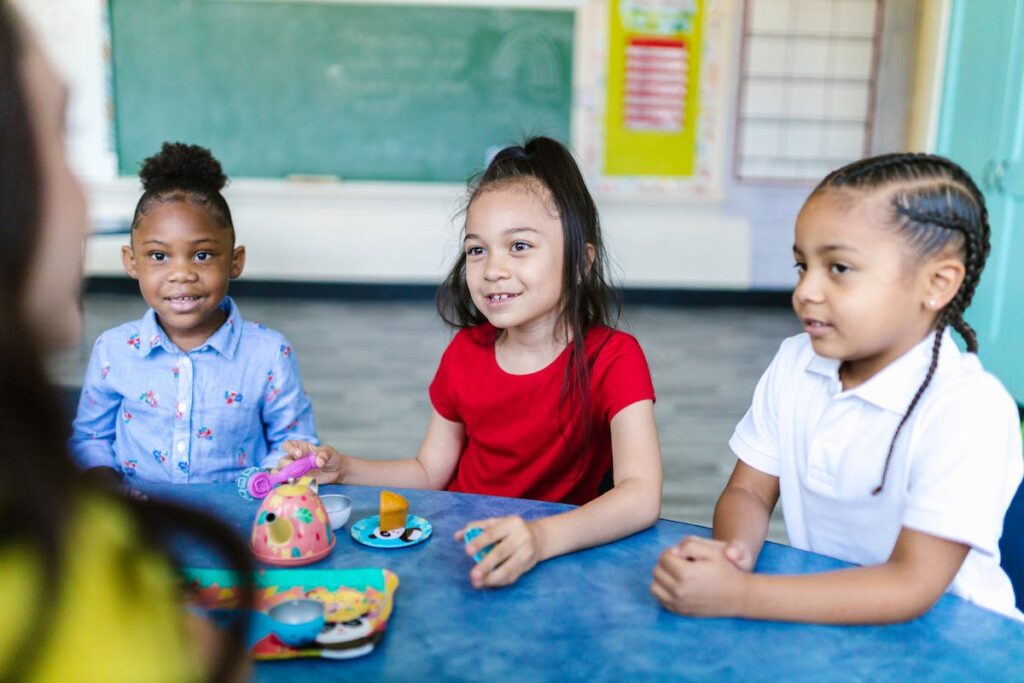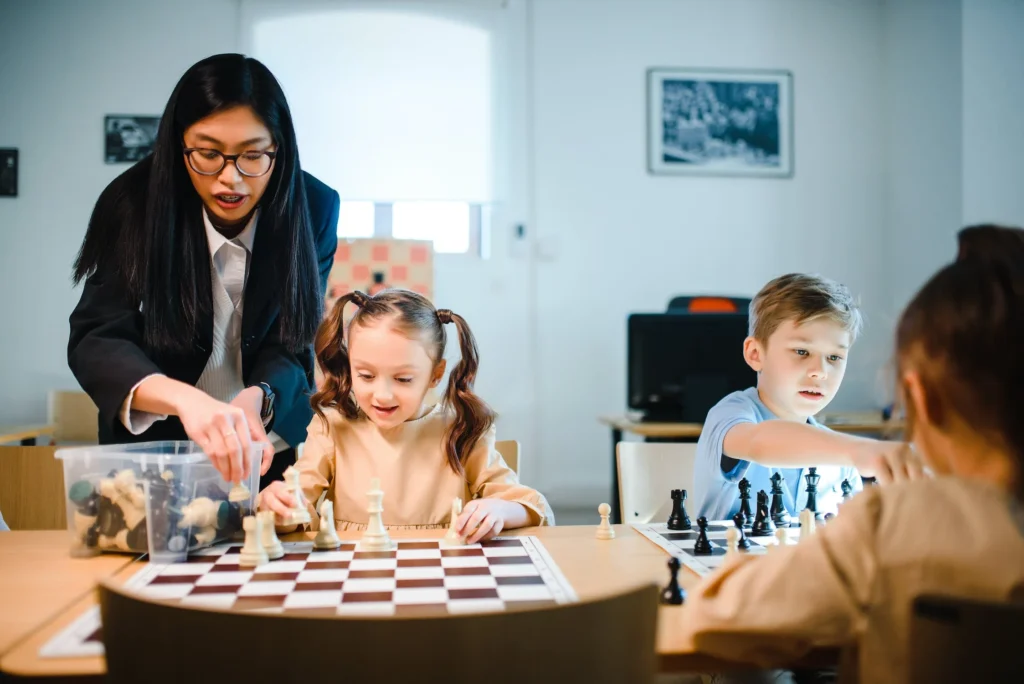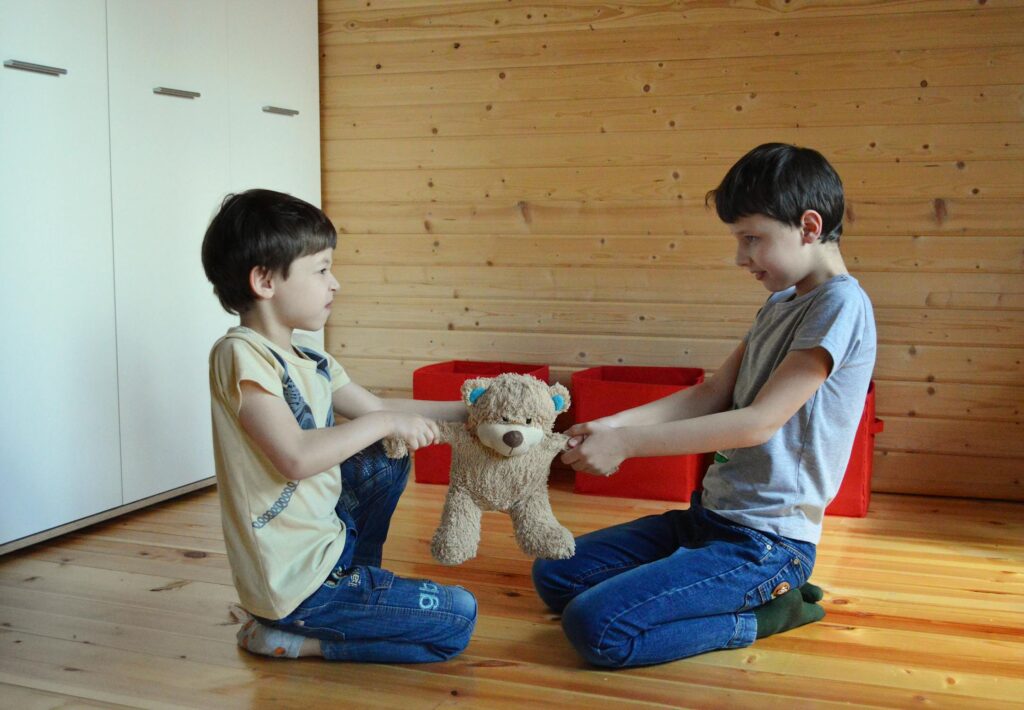Introduction
Friendship is a crucial aspect of a child’s development, contributing to their emotional well-being and social skills. For parents of autistic children, fostering connections may require some additional strategies tailored to their child’s unique needs. In this comprehensive guide, we’ll explore five key approaches to help your autistic child make friends, emphasizing the importance of understanding and embracing their individuality.
1. Teach What a Friend Is

Understanding the concept of friendship is foundational for any child, but for those with autism, explicit teaching may be necessary. Begin by breaking down the characteristics of a friend into simple, concrete terms. Use visual aids, social stories, or role-playing to illustrate the qualities of a good friend, such as kindness, sharing, and empathy.
To reinforce these lessons, consider creating a visual friendship checklist with your child. Regularly discuss and revisit this list, providing examples and discussing experiences where these qualities were demonstrated. By explicitly defining what a friend is, you lay the groundwork for your child to recognize and appreciate the value of friendship.
2. Surround Your Child with Kids of Similar Interests

Shared interests can serve as a powerful catalyst for friendship. Identify activities or hobbies that align with your child’s passions and seek out opportunities for them to engage with like-minded peers. This shared focus provides a natural platform for connection, as your child can bond with others over common interests.
Explore local community programs, clubs, or support groups centered around your child’s interests. Whether it’s art, science, sports, or a specific subject, finding a niche where your child feels comfortable can enhance their social experiences. By connecting with children who share similar passions, your child is more likely to form meaningful and lasting friendships.
3. Enrol in Play Groups, Clubs, and Activities

Structured social settings, such as play groups, clubs, and organized activities, can offer a supportive environment for children with autism to interact with their peers. These settings often provide a clear framework for social interactions, making it easier for autistic children to navigate social nuances.
Look for local playgroups or clubs that cater to children with autism or are inclusive and understanding of diverse needs. Participating in activities like art classes, music lessons, or sports teams can not only foster social skills but also provide opportunities for shared accomplishments, boosting your child’s confidence and sense of belonging.
4. Practice Communicating with Family

Effective communication is a fundamental skill for building friendships. Encourage and support your child in practicing communication within the safety of the family environment. Create scenarios where your child can express their thoughts, feelings, and preferences in a comfortable and understanding setting.
Use role-playing exercises to simulate common social situations, allowing your child to practice initiating conversations, making eye contact, and listening actively. Provide positive reinforcement and constructive feedback to build their confidence and refine their communication skills. These rehearsals can enhance your child’s ability to navigate social interactions outside the family circle.
5. Practice for When Things Don’t Go as Planned

Teaching your child how to handle unexpected challenges is a crucial aspect of social development. Children with autism may struggle with unexpected changes or disruptions, so preparing them for these scenarios is essential.
Introduce the concept of flexibility and teach coping strategies to navigate unexpected situations. Use visual schedules or social stories to illustrate potential challenges and appropriate responses. Role-play various scenarios, allowing your child to practice adapting to changes in a controlled environment.
Additionally, emphasize the importance of resilience and the understanding that not every social interaction will go as planned. Teach your child to view setbacks as learning opportunities, encouraging them to reflect on their experiences and identify strategies for improvement.
Conclusion
Fostering friendships for autistic children requires a thoughtful and individualized approach. By teaching the concept of friendship, surrounding your child with like-minded peers, enrolling in structured activities, practicing communication within the family, and preparing for unexpected challenges, you empower your child to navigate the complexities of social interactions. Embrace your child’s unique strengths, and with patience and support, watch as they form meaningful connections that contribute to their overall well-being and happiness.


One thought on “A Guide to Helping Your Autistic Child Cultivate Friendships”